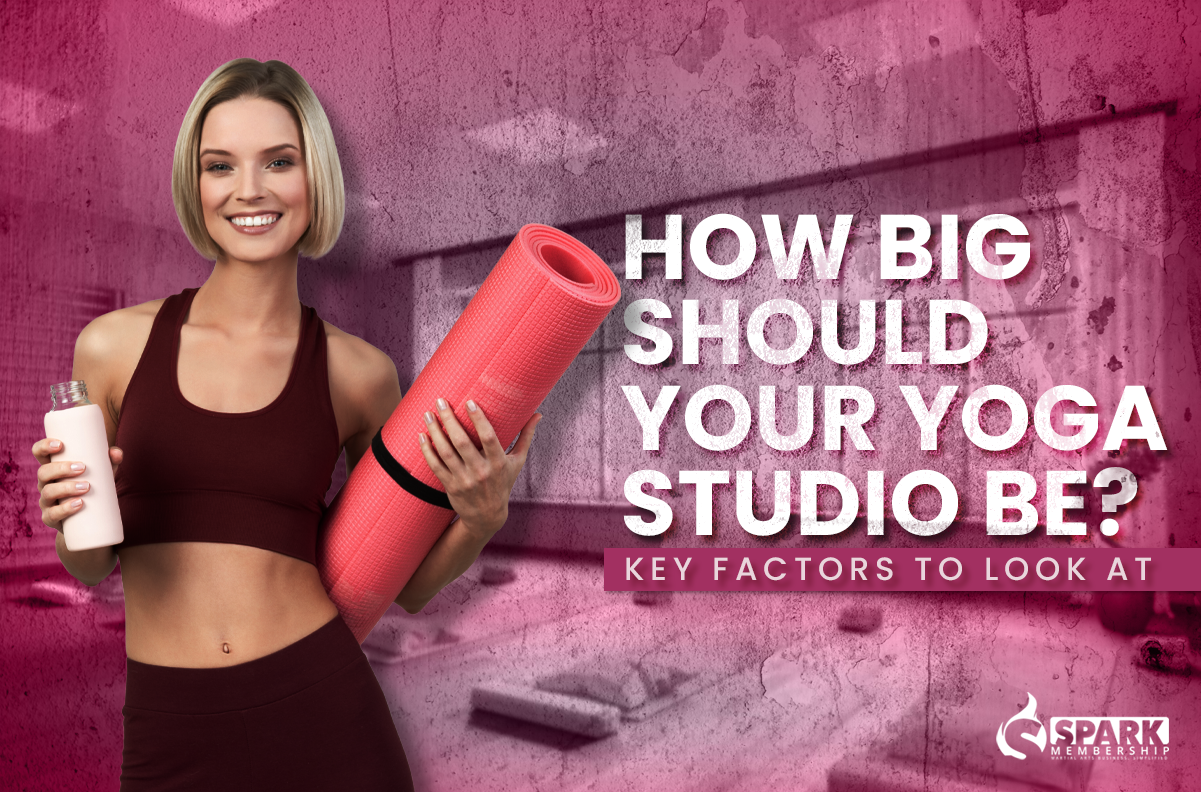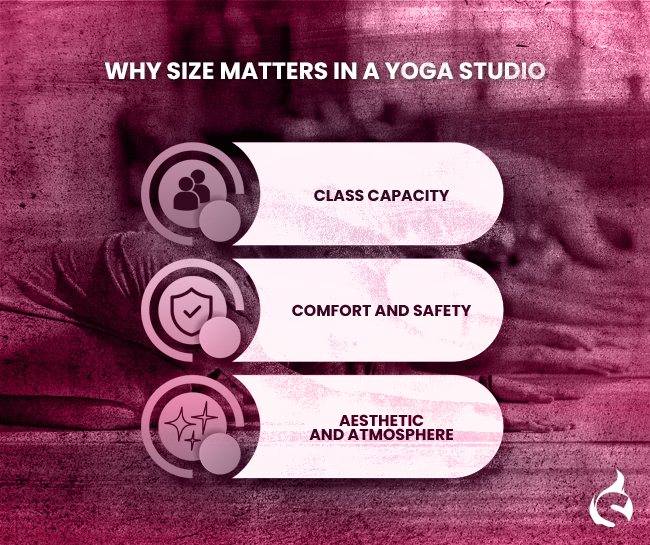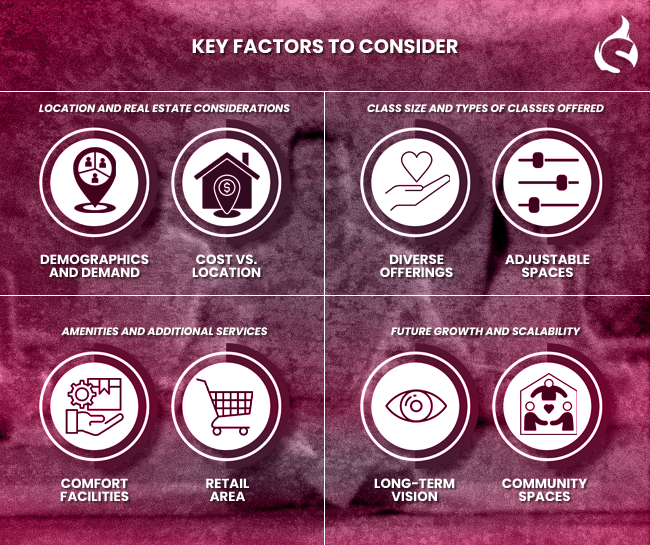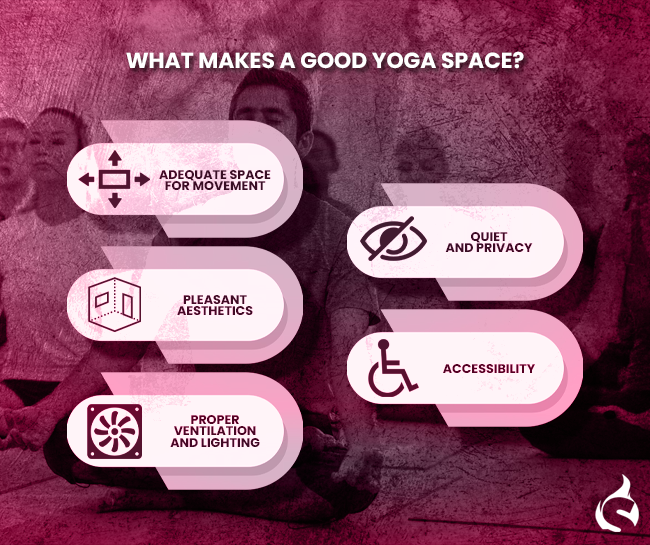
Starting your own gymnastics club is an exciting adventure, but it can also be a bit overwhelming. What do you really need to make it a great place for gymnasts? This guide is here to help. We’ll walk you through everything from the must-have equipment to the best ways to set up your space and manage your club. Think of it as your personal roadmap to creating a gymnastics club that’s not only successful but also a fun and safe place for everyone who walks through your doors. Let’s jump right in!
Understanding the Basics of Gymnastics Equipment
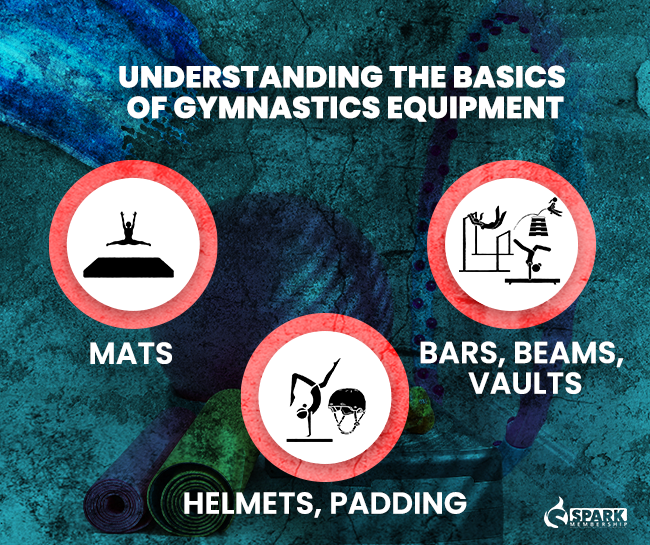
Before diving into the world of gymnastics equipment, it’s crucial to understand what you’ll need to create a safe and effective training environment. Here’s a breakdown of the essentials:
Mats
Mats are the cornerstone of any gymnastics club, providing safety and comfort. They come in various types, including landing mats, tumbling mats, and training mats, each serving a specific purpose in cushioning gymnasts during exercises and routines.
Bars, Beams, Vaults
The apparatus you choose will define the scope of training offered at your club. Horizontal bars, parallel bars, balance beams, and vaults are fundamental. Each piece of equipment must meet specific standards to ensure safety and effectiveness in training.
Helmets, Padding
Safety in gymnastics is paramount. Helmets and padding protect athletes from injuries and should be available for activities that pose a higher risk of falls or collisions.
💡Elevate your establishment by embracing the latest advancements in gymnastics gear, optimizing performance, safety, and athlete satisfaction. Stay ahead of the curve with innovative tools and techniques, ensuring your club remains a beacon of excellence in the gymnastics community.
Essential Facilities for a Gymnastics Club
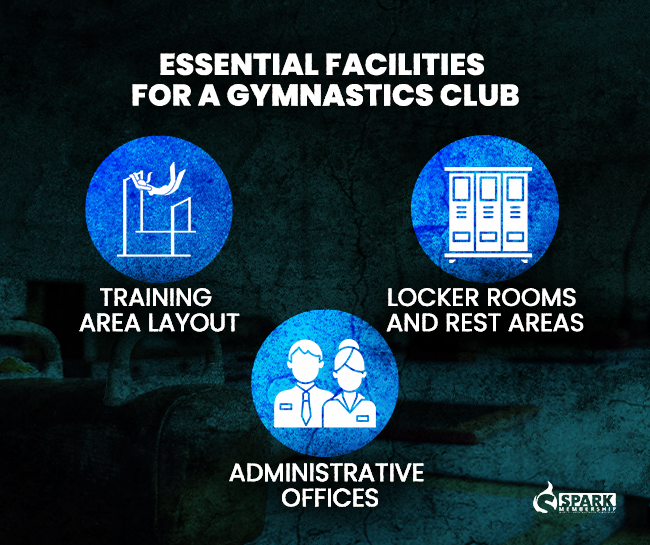
In setting up your gymnastics club, the right facilities are key. Here’s what you need to ensure a functional and welcoming environment:
Training Area Layout
The layout of your training area should facilitate easy movement and safe practice. Ensure ample space around each piece of equipment and consider the flow of gymnasts throughout the space.
Locker Rooms and Rest Areas
Comfortable and secure locker rooms are essential for gymnasts to store personal items and change. Additionally, rest areas provide a space for athletes to recuperate and socialize.
Administrative Offices
Efficient administrative offices are crucial for the smooth operation of your club. This includes spaces for staff meetings, athlete consultations, and administrative work.
💡 Build your gymnastics club on the pillars of convenience and comfort. From spacious training areas to cozy rest zones, and efficient administrative offices, prioritize the facilities that empower your athletes and streamline operations.”
Gymnastics Club Management Essentials
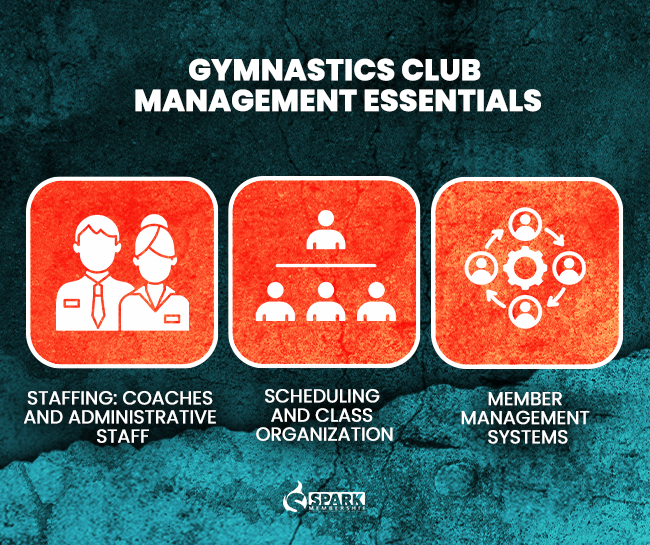
Effective management is the backbone of a successful gymnastics club. Here’s a closer look at the key components that ensure smooth operations and a positive experience for both staff and members:
- Staffing: Coaches and Administrative Staff
Hiring qualified, passionate coaches and supportive administrative staff is crucial. They are the pillars of your club, providing guidance, safety, and organizational support.
- Scheduling and Class Organization
Efficient scheduling is vital to maximize facility usage and cater to different skill levels and age groups. A well-organized class structure keeps sessions engaging and manageable.
- Member Management Systems
Implementing a robust system to manage memberships, track progress, handle payments, and maintain communication is essential. This technology streamlines operations and enhances the overall experience for your members.
Setting up a successful gymnastics club requires careful planning and attention to detail in terms of equipment, facilities, management, safety, and marketing. By following this guide, you are well on your way to creating a gymnastics club where athletes can safely learn, grow, and excel. Remember, your passion and dedication are the foundation upon which your club’s success will be built.
Now that you have a solid foundation for starting your gymnastics club, it’s time to explore exciting challenges and activities for kids in our blog, “Gymnastics Challenges for Kids: Fun and Engaging Activities.” Discover creative ways to keep young gymnasts motivated and engaged in their training. Additionally, consider optimizing your club’s efficiency with Spark Membership, a comprehensive tool to streamline membership management, progress tracking, and communication. Embrace the journey of building a successful gymnastics club and make every flip, twist, and turn count. Read our blog now and unlock the potential of your gymnastics club with Spark Membership!
